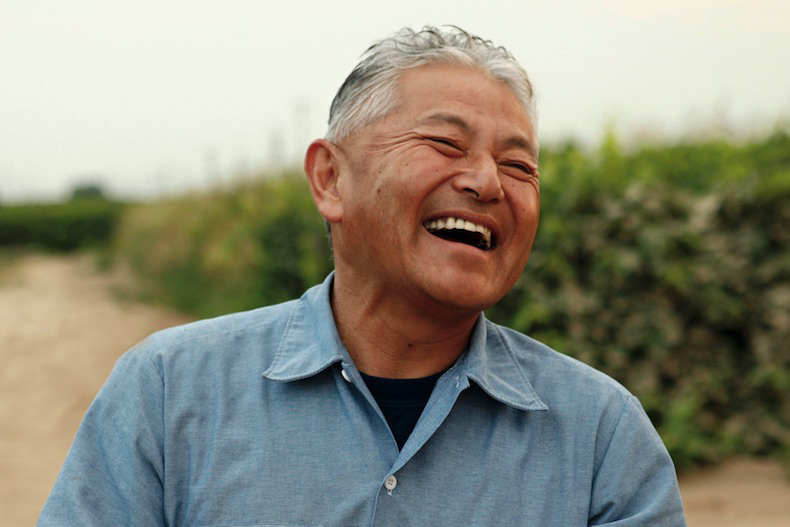The legendary fruit farmer, author, and gentle agricultural activist holds forth on wintertime grafting, the e-commerce advantage, and the essential, albeit unfashionable, nature of fuzz.

The Japanese American farmer has also written movingly for this magazine about the World War II”“erainternment of his grand-parents and parents, who, in 1948, purchased the land he continues to cultivate. Six years ago, Mas’ daughter, Nikiko, 31, returned home to work full-time in the fields she’ll eventually inherit – a slow passing of the torch documented in the 2016 PBS film Changing Season: On the Masumoto Family Farm. Meanwhile, he’s got some practical advice to offer:
Which fruit-tree varieties do you recommend?
The ones you see thriving on farms and in backyards nearby – obviously, they cotton to your climate. If we’re trying something new, we begin with a single “mother tree” and wait three to six years to determine whether or not to plant it in large numbers. That’s a long timeline that demands you stick around for a while, so don’t procrastinate by hemming and hawing too long about choices. Put something in the ground as soon as you can.
Peaches and nectarines are notoriously prone to pests and disease. How does one deal with these issues organically?
Be proactive. You can’t let an infestation get out of hand, then nuke it with chemicals. We scout our trees constantly to detect early warning signs, and treat problems using natural products – Bt, kelp sprays, pheromones. Starting with the right variety helps: Fuzz has gone out of style among peach breeders, but my observation has been that fuzz keeps moisture, a vector for disease, off the fruit, like down feathers on a duck. That’s why I’m partial to heirlooms such as ‘Suncrest’ and ‘Elberta.’
Any tips for marketing cosmetically imperfect varieties with great flavor?
Yes. There’s an implicit consumer bias against small produce, though it’s tough to gauge size when buying online. We grow a tiny heirloom peach called ‘Gold Dust’ that we struggled to sell until we connected with an e-commerce site. I’m sure people get the box in the mail and think: These are really little. Then they take a bite, fall in love, and reorder. It’s wild to realize that this modern virtual world may save our old, storied fruits.
What should I be tackling right now, in winter?
The dormant months are ideal for grafting. Say your trees haven’t been producing well; cut them back to the trunk and graft on different varieties instead of replanting from scratch. You’ll have a good crop in two years, rather than four or five. This allows you to change your mind – a wonderful concept. There are people out there who are cultish about grafting and eager to share their knowledge. Find them through a local Master Gardeners group or county extension agent. The quirkiest characters always come to help me graft during this season.
Your operation has earned a reputation as a key player in the good food movement. Care to relay some brand-building guidance?
Don’t go at it the way a PR or advertising firm might. You want to establish an authentic identity. Focus on your unique values, on what distinguishes you and your farm, and keep telling that story: In my case, the story of a displaced family, the story of our land, the story of a peach.